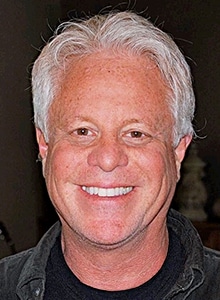State laws, the federal government, international, national and state chiropractic organizations and the Association of Chiropractic Colleges all define the unique and non-duplicative role and responsibility of chiropractic as focusing particular attention on the subluxation and its resultant neurological interference.
The WCA holds that the unique role of the chiropractor is separate from other health disciplines and that the professional practice objective of chiropractors may be limited to the analysis, diagnosis, correction or stabilization of the subluxation.
The use of subluxation as a rationale for care or primary diagnosis is supported by protocols that are safe, efficacious, and valid. The literature is sufficiently supportive of the usefulness of these protocols in regard to chiropractic examination, analysis and diagnosis. In addition, subluxation as a primary diagnosis is consistent with the Council on Chiropractic Practice’s, “Clinical Guideline # 1: Vertebral Subluxation in Chiropractic Practice,” the Chiropractic Paradigm developed by the Association of Chiropractic Colleges, and the practice objective followed by thousands of doctors of chiropractic, as explained on their Terms of Acceptance.
The chiropractor uses a variety of these procedures to assess the vertebral subluxation in order to determine its presence and arrive at an impression of its location, character, type, and chronicity. The correction of subluxation is applicable to any patient exhibiting evidence of its existence regardless of the presence or absence of symptoms and disease. Therefore, the determination of the presence of subluxation may stand as the sole rationale for care.
Nothing in this position statement absolves the chiropractor from knowing the limits of his or her authority and skill, and from determining the safety and appropriateness of chiropractic care. The chiropractor has a duty to disclose to the patient any unusual findings discovered in the course of examination, and may collaborate with other health professionals when it is in the best interests of the patient to do so.
















